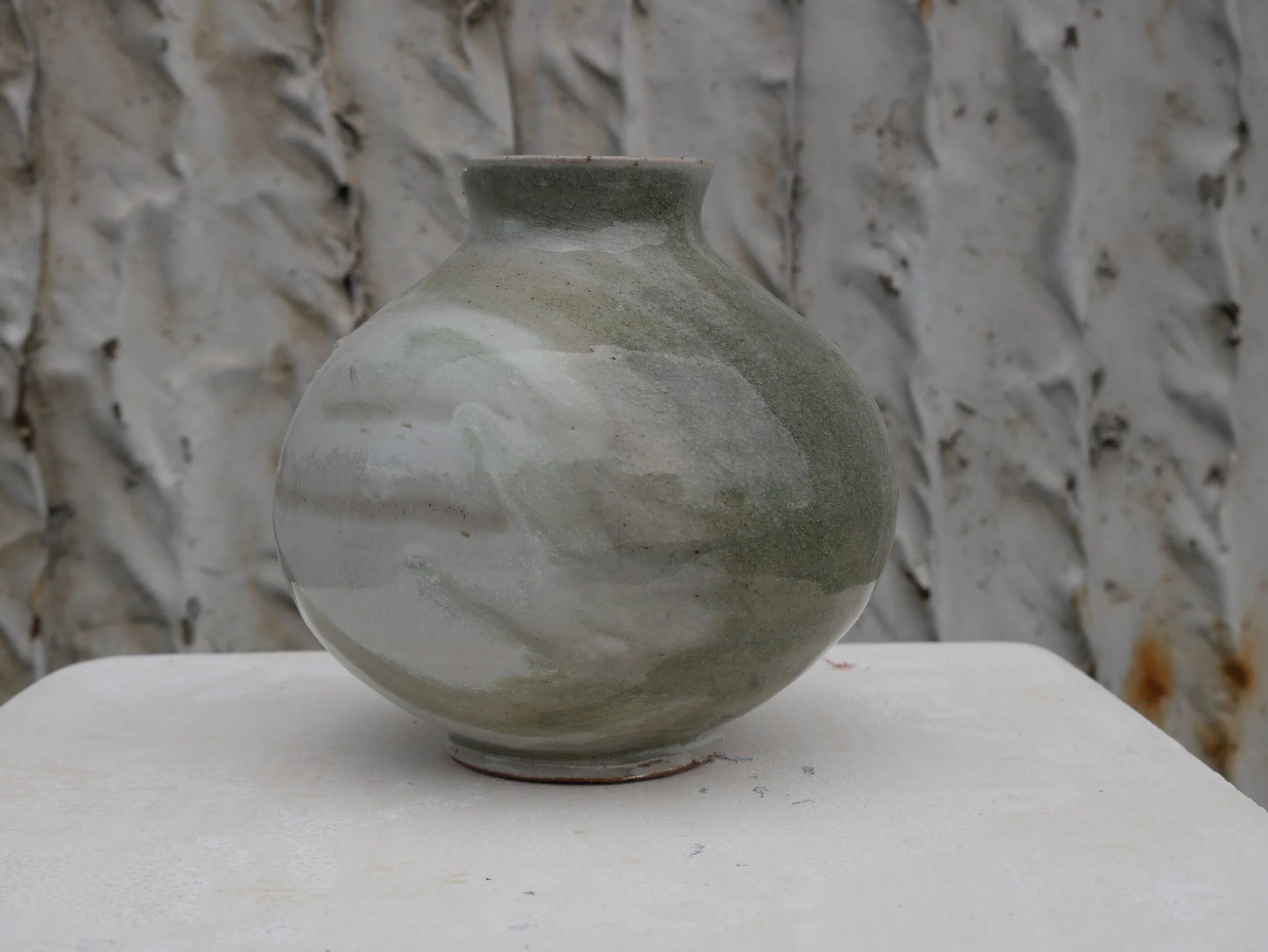Experimental Cone 10 Glaze Firing of Vases
As an experienced ceramic artist, I am always looking for new ways to push the boundaries of my craft. Recently, I have been working on an experimental cone 10 glaze firing of vases in an attempt to create unique and dynamic pieces.
First, let me provide some background on what cone 10 means. In ceramics, we use a system of firing temperatures, called cones, to determine when a piece is done. Cone 10 refers to a firing temperature of approximately 2,400 degrees Fahrenheit, which is the highest temperature most ceramics can withstand without melting.
To create my experimental glaze, I have been mixing and layering various materials, including clay, feldspar, silica, and a variety of metal oxides. The combination of these materials creates a glaze that is both visually stunning and incredibly durable.
The firing process itself is a delicate balance of heat, timing, and oxygen. I start by loading the vases into the kiln and slowly raising the temperature over a period of many hours. As the temperature climbs, the glaze on the vases begins to melt and flow, creating unique patterns and textures.





